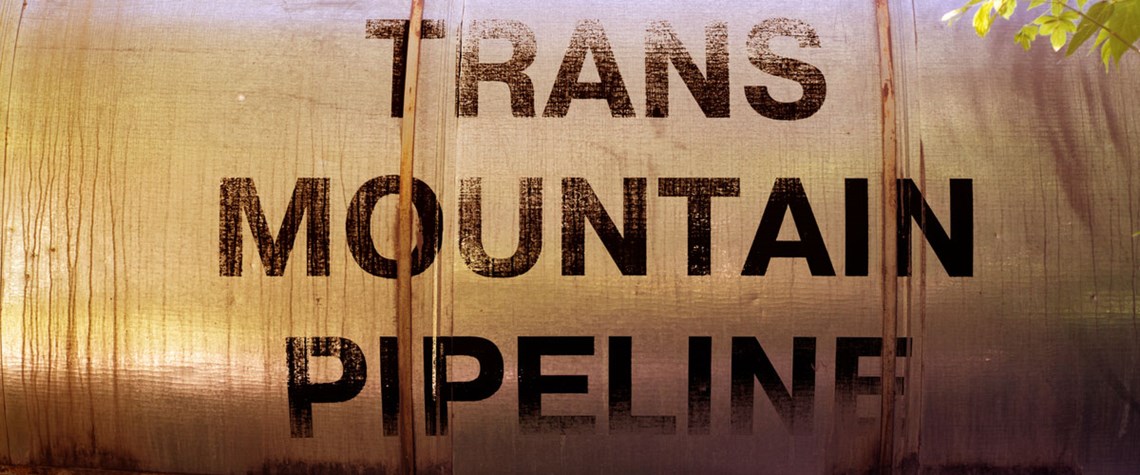Canada wrestles with a produce more/emit less paradox
The requirement to cut the upstream industry’s carbon footprint places a chokehold on growth ambitions
The Canadian oil and gas sector has faced numerous headwinds over the past 15 years or so, many of tsunami intensity. But it has, on the whole, come out the other side stronger—especially in terms of oil production and exports—and more profitable. But its biggest challenge may still be ahead. These headwinds included the 2007-09 global financial crisis; a well-funded and sophisticated environmental campaign against oil sands development; the US shale oil and gas revolution; the 2014-16 oil price slump; federal climate policy and regulatory morass; an exodus of IOCs from the oil sands; the 2018 Western Canadian oil price implosion—due to a lack of egress from the region—and subsequent curtail

Also in this section
24 July 2025
The reaction to proposed sanctions on Russian oil buyers has been muted, suggesting trader fatigue with Trump’s frequent bold and erratic threats
24 July 2025
Trump energy policies and changing consumer trends to upend oil supply and demand
24 July 2025
There is a bifurcation in the global oil market as China’s stockpiling contrasts with reduced inventories elsewhere
24 July 2025
Despite significant crude projections over the next five years, Latin America’s largest economy could be forced to start importing unless action is taken








